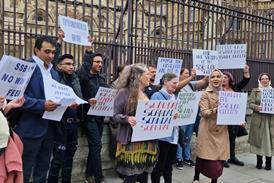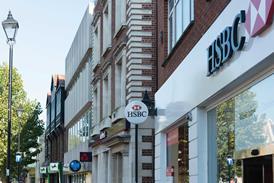‘Significant investors’ will not be exempt from higher stamp duty land tax rates for additional properties, HM Treasury confirmed today.
The government first announced higher rates of stamp duty on the purchase of additional residential properties in last year’s autumn statement and spending review. The higher rates, which will be three percentage points above current SDLT rates, come into force from 1 April.
The government originally proposed an exemption for large-scale investors, targeted at those who contributed to an overall increase in housing supply.
But following a consultation on its plans, which attracted 909 responses, the budget document says that ‘significant’ investors will not be exempt from the higher rates.
The government, in its Summary of Consultation Responses document, says: 'Many of the consultation responses strongly objected to the idea that the higher rates should be paid by most individuals purchasing additional properties, but those who had already built up an existing portfolio should be exempt.
'On balance...the government's view is that the evidence suggesting that in the absence of an exemption there would be an adverse and material effect on housing supply is not compelling.'
In another softening of the blow, purchasers will have 36 months, rather than 18 months, to claim a refund of the higher rates if they buy a new main residence.
Married couples who have separated will not be treated as one unit for the purposes of the policy.
The government will extend reliefs available from an annual tax on enveloped dwellings and 15% higher rate of SDLT to equity release schemes, property development activities and properties occupied by employees from 1 April.
Reform of non-residential rates will come into effect tomorrow.
Calculations will change for freehold and leasehold premium non-residential transactions so that the rates apply to the portion of the purchase price within each band.
The portion of the transaction value up to £150,000 will be charged at a rate of 0%, the portion between £150,001 and £250,000 will be charged at a rate of 2%, and the portion over £250,000 will be charged at a rate of 5%.
The Conveyancing Association welcomed ‘some of the clarity provided today’.
But chair Eddie Goldsmith said the conveyancing profession now had less than three weeks to prepare for the changes, ‘a time period which is completely inadequate given the increased level of transactions this policy has caused, and the fact that we are already dealing with the traditionally busy Easter period’.
He said: ‘One wishes that the government could have considered the work required by conveyancers in order to put the correct systems and processes in place.’



























7 Readers' comments